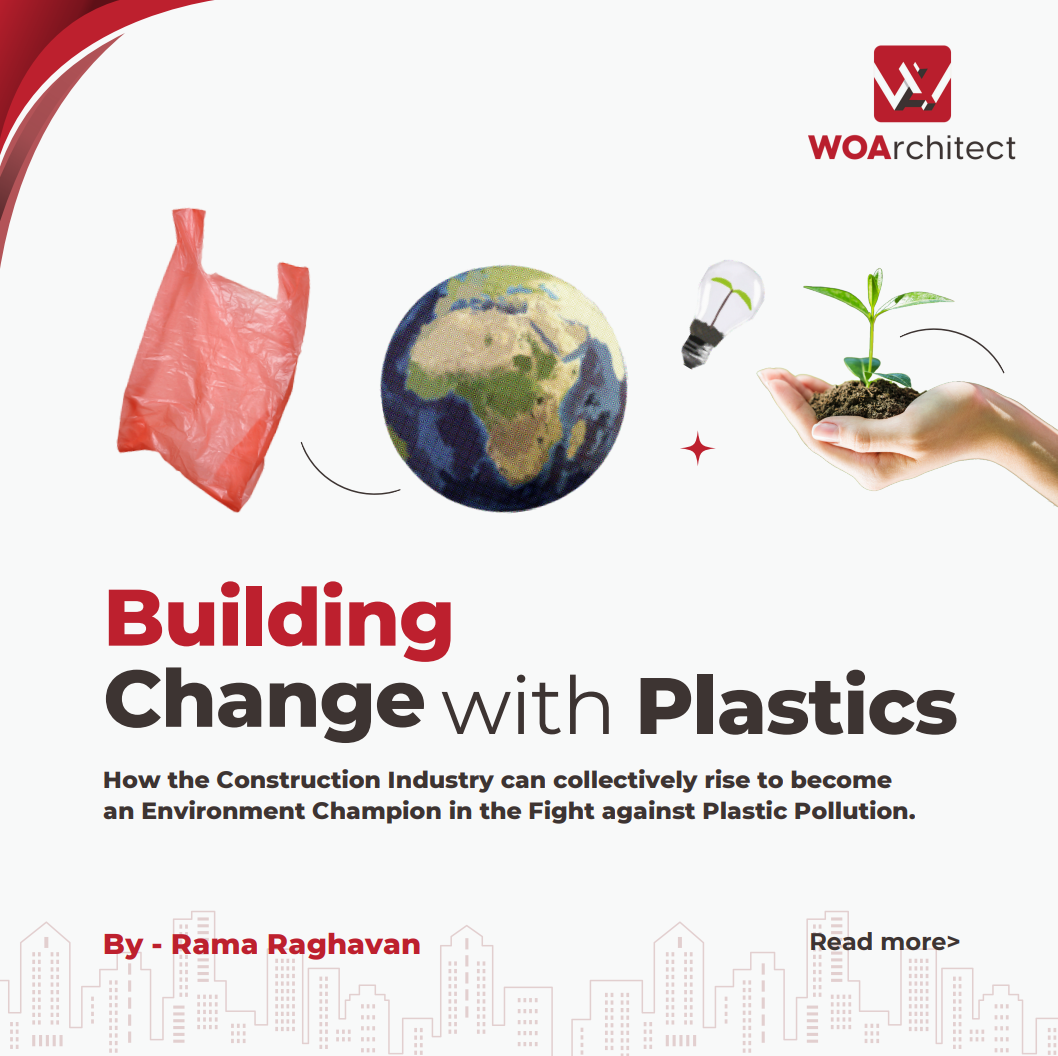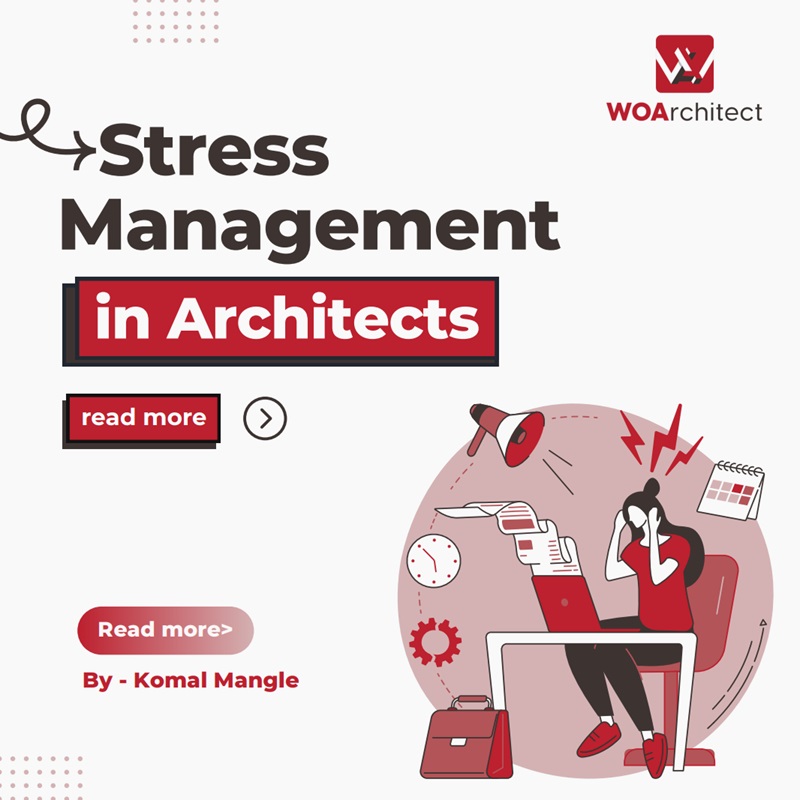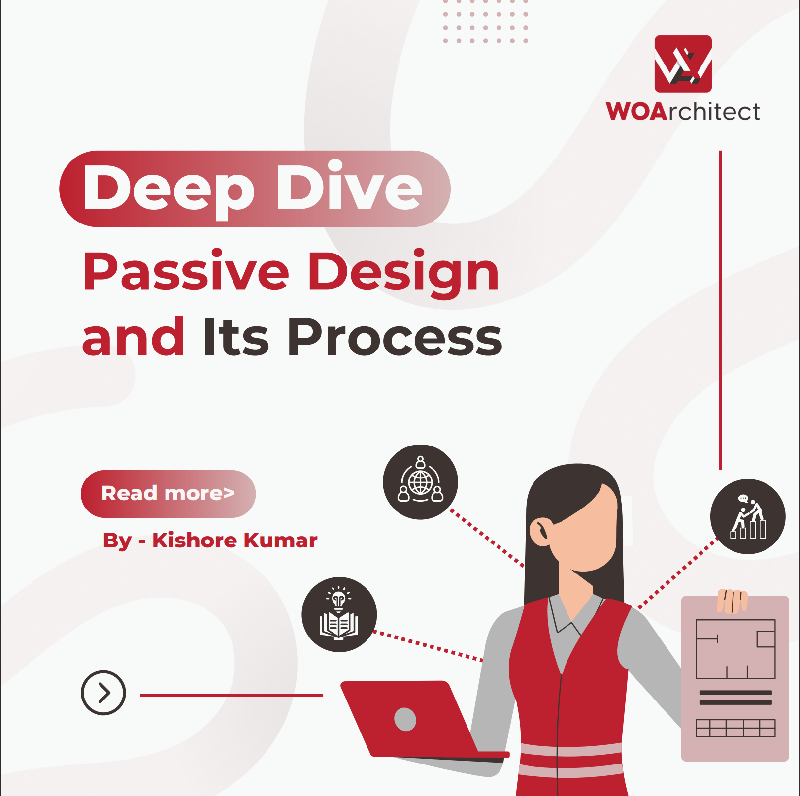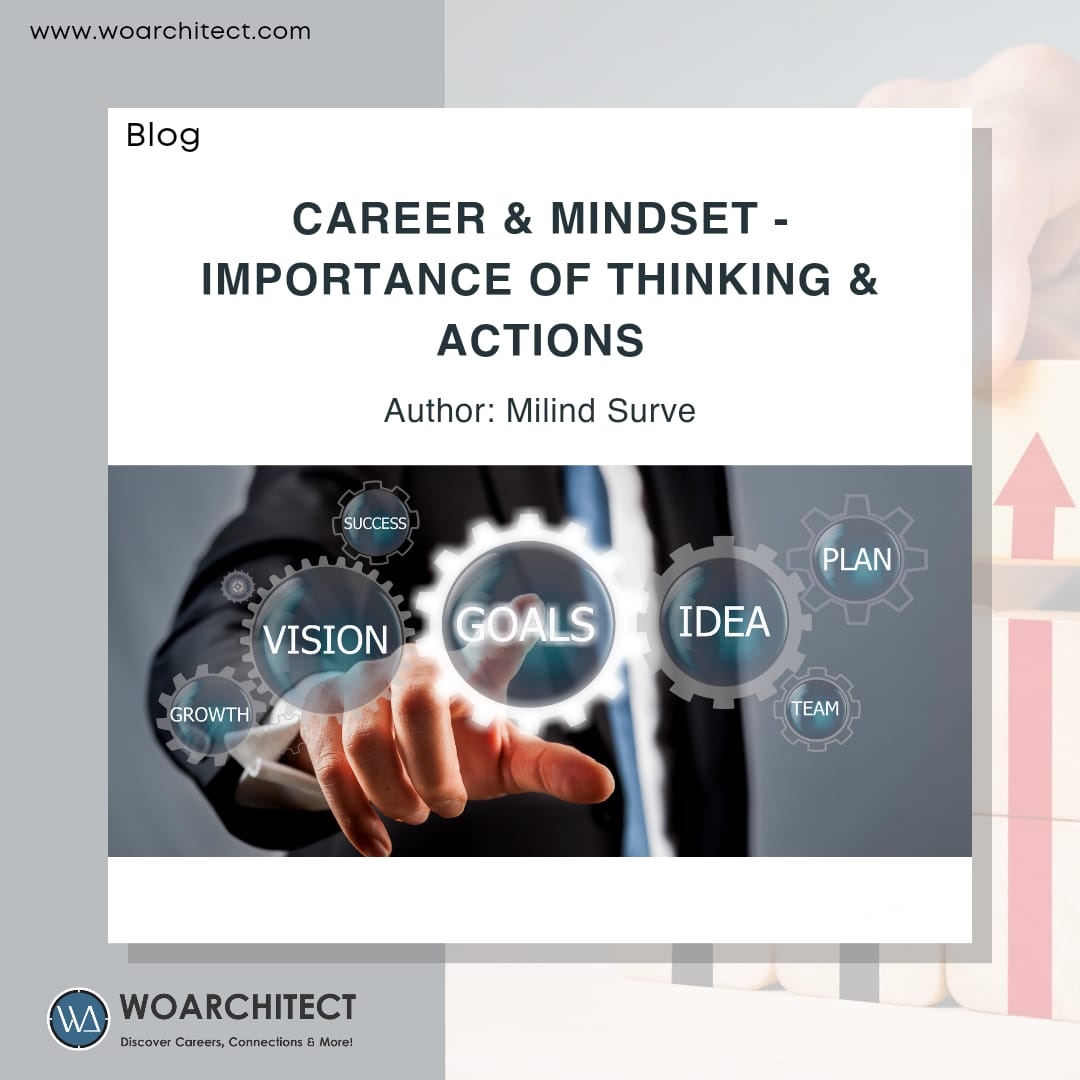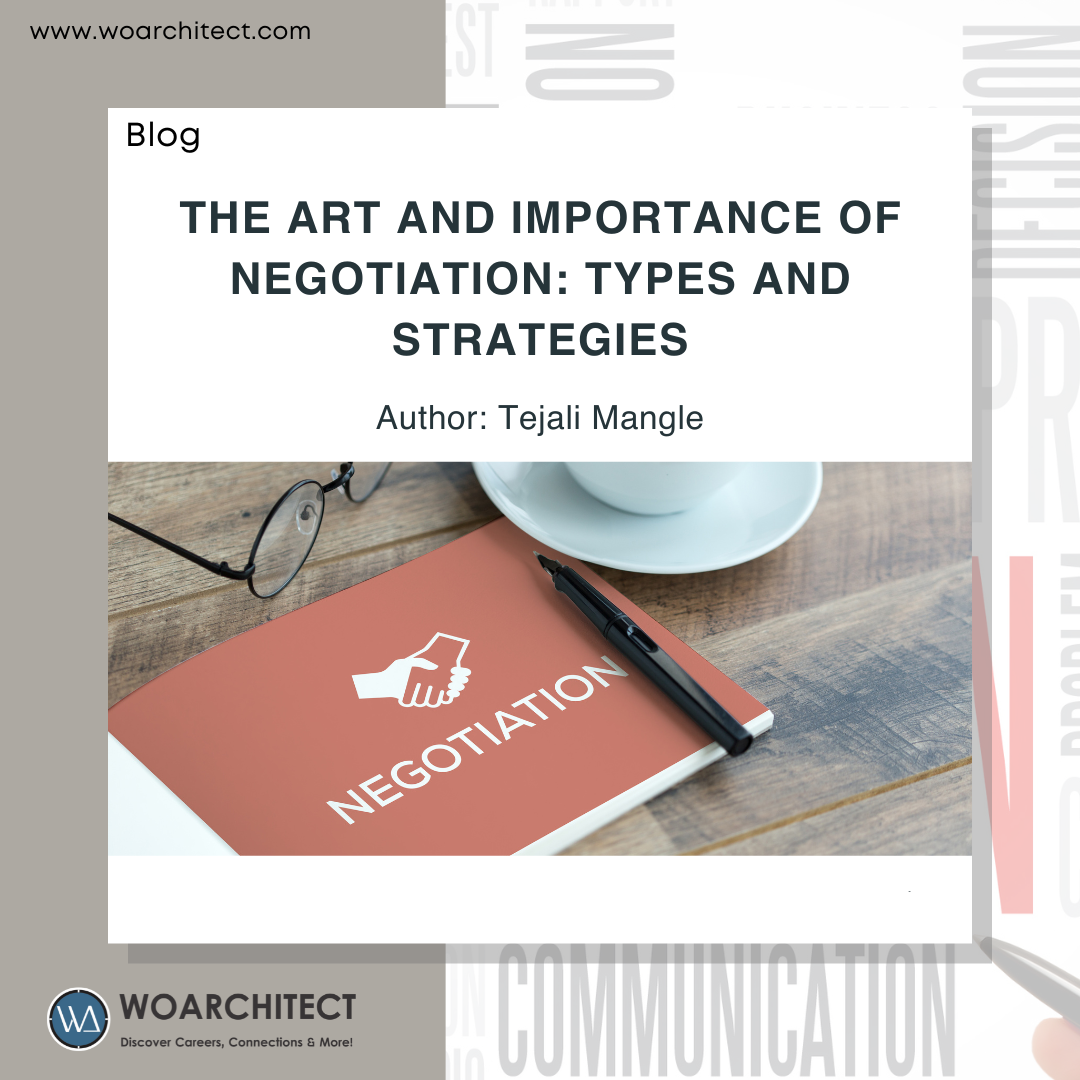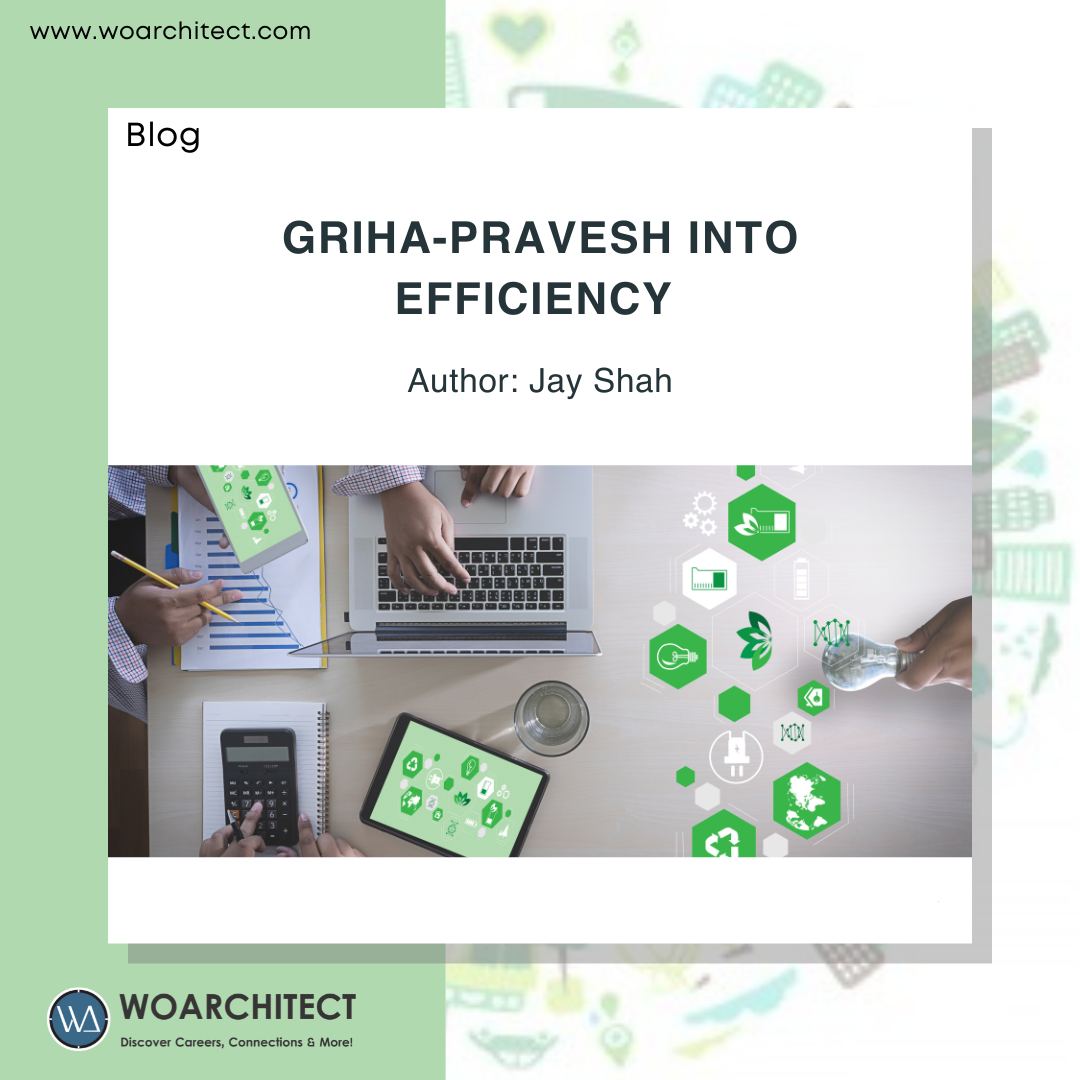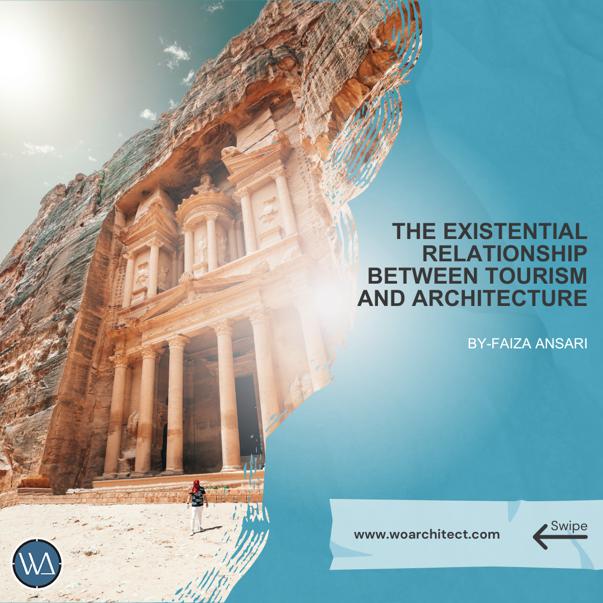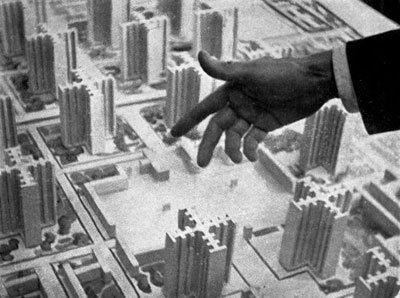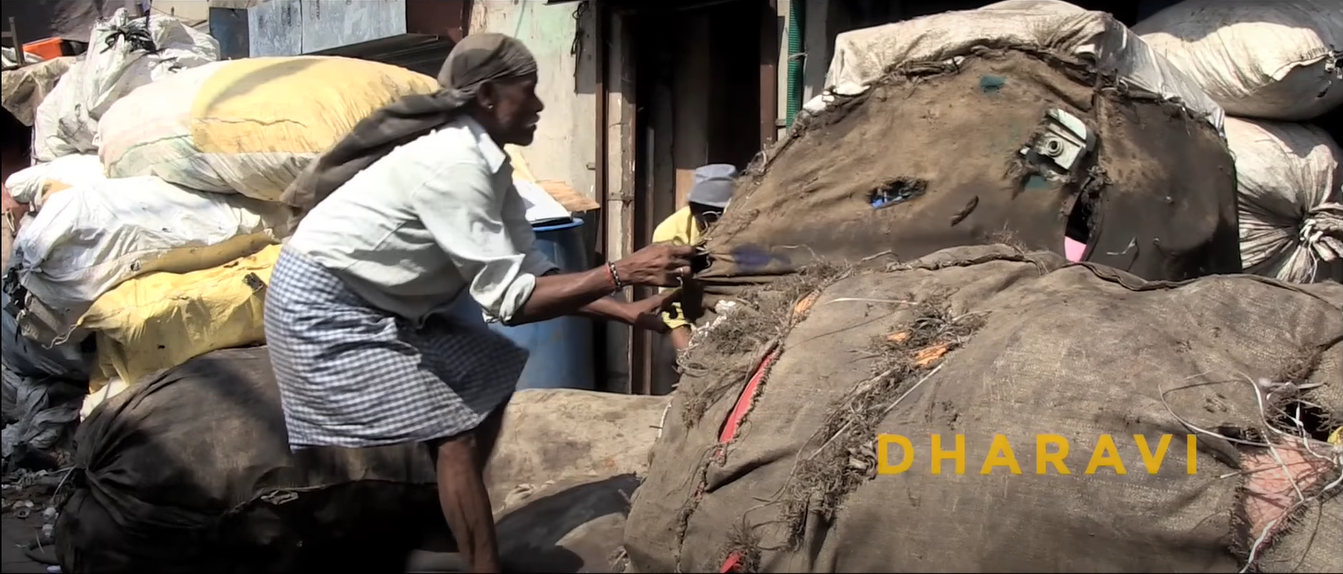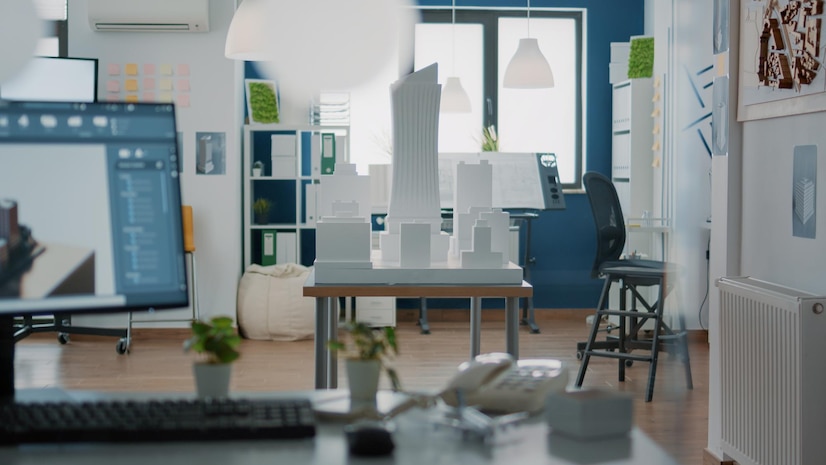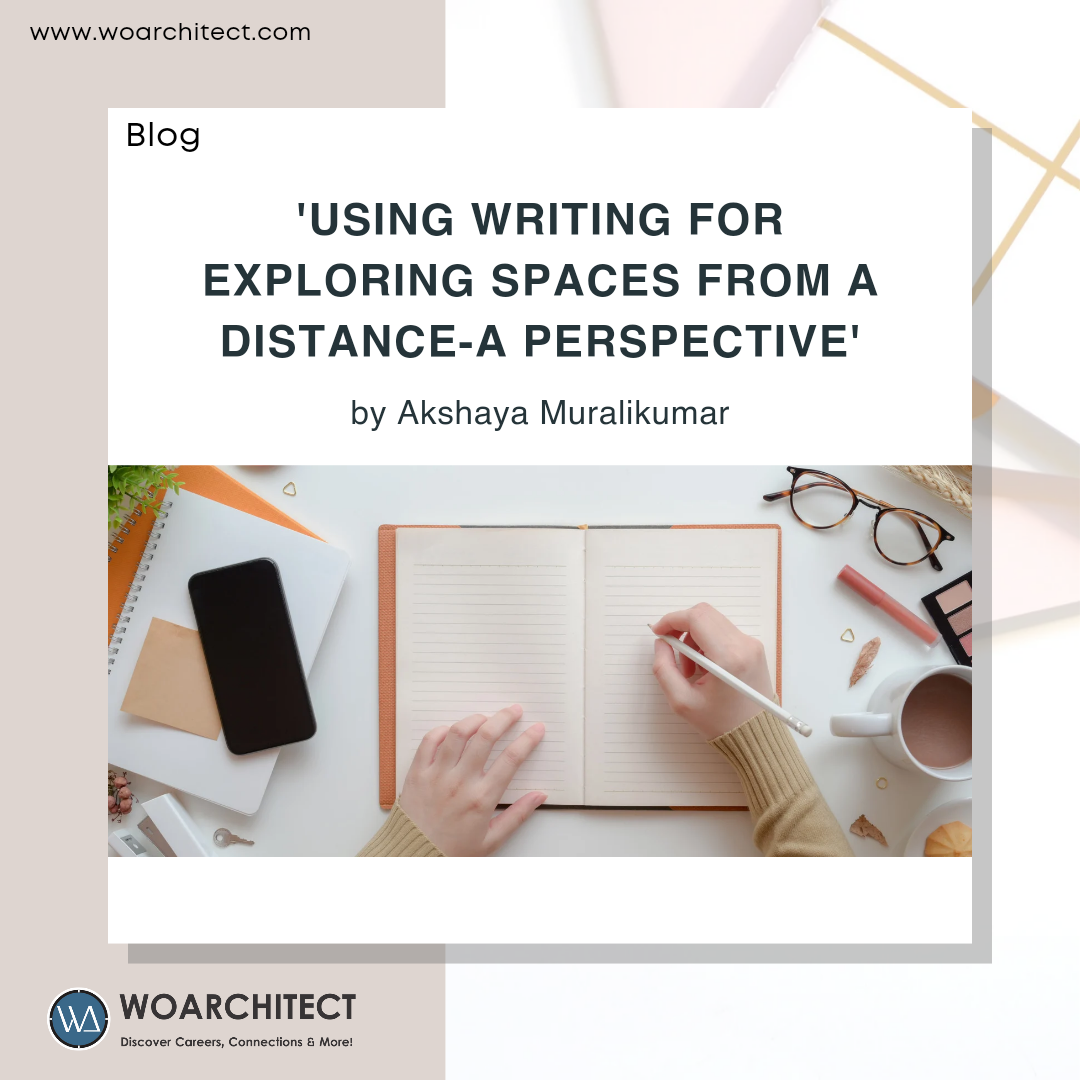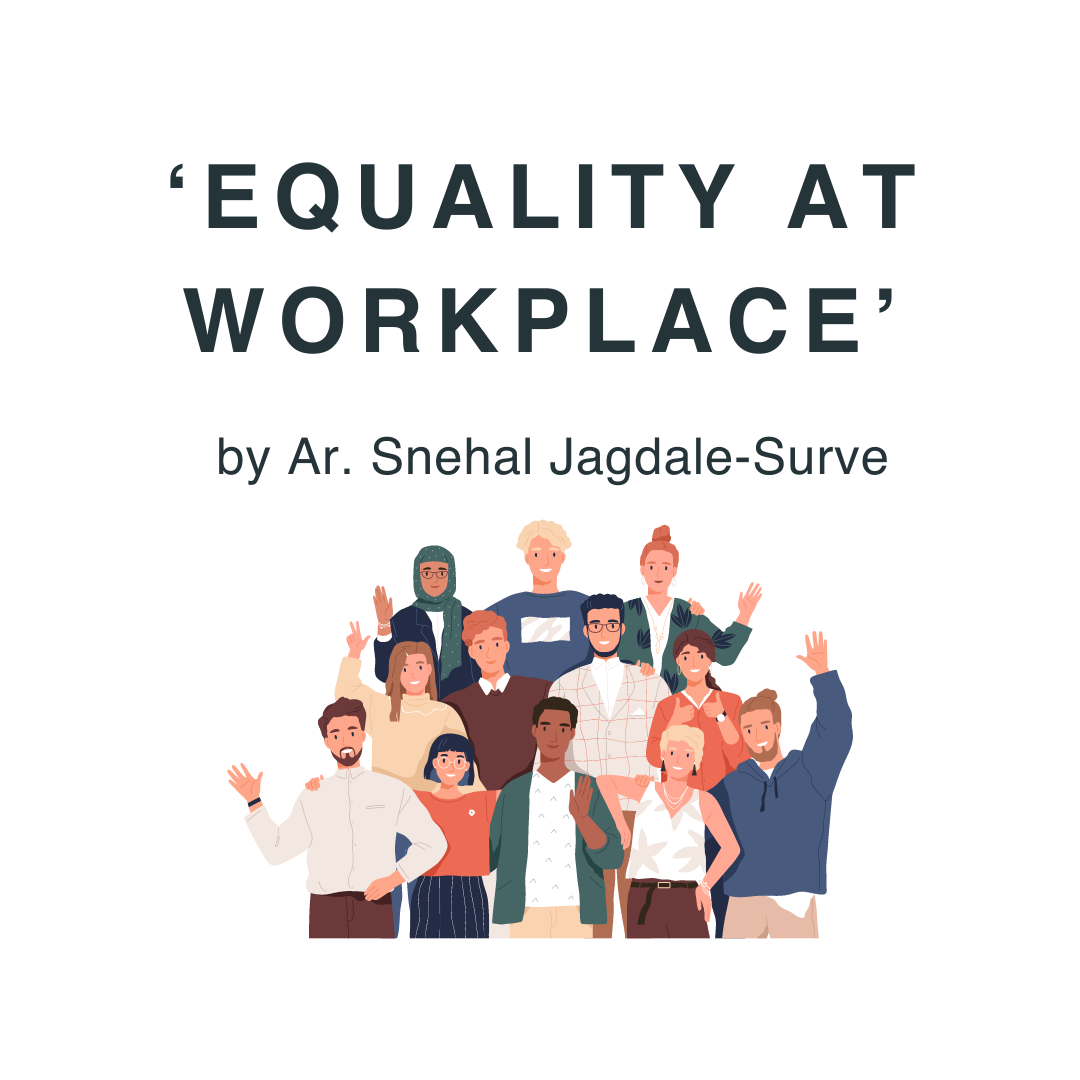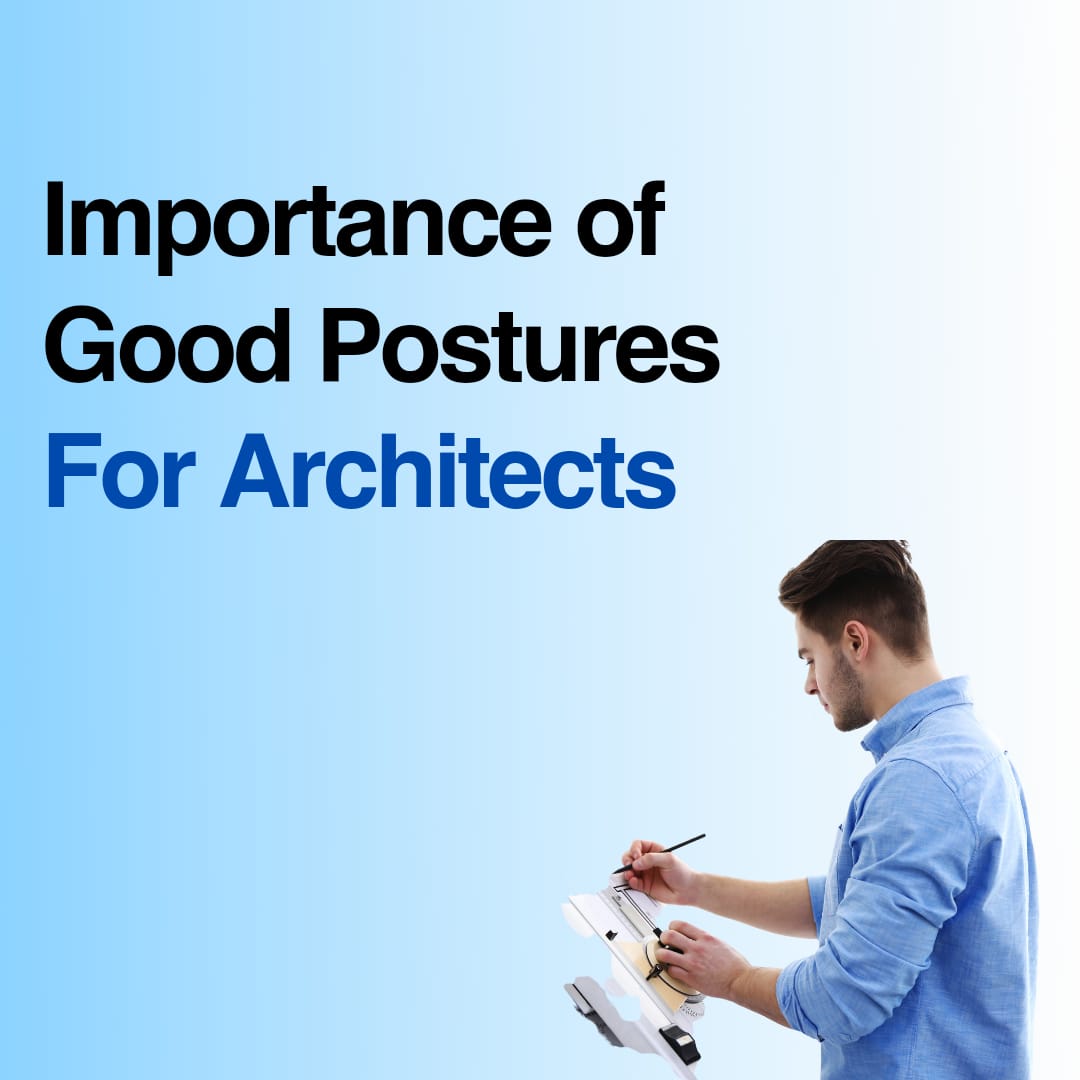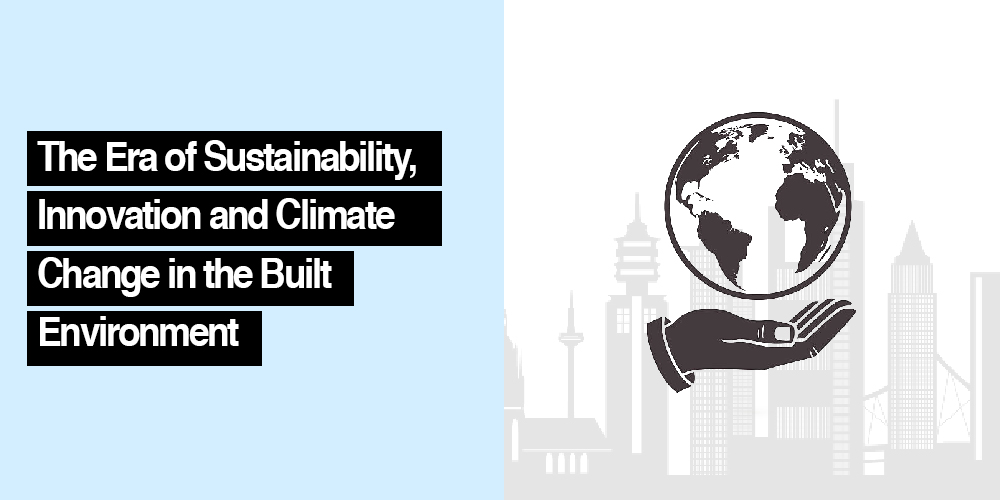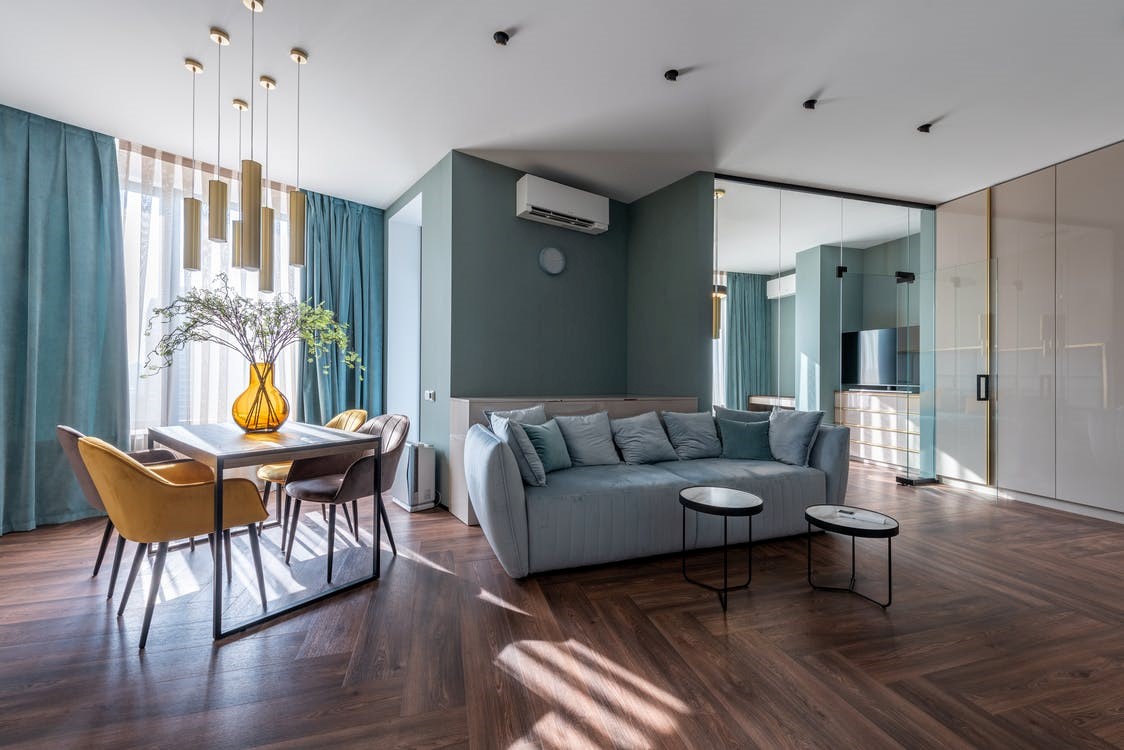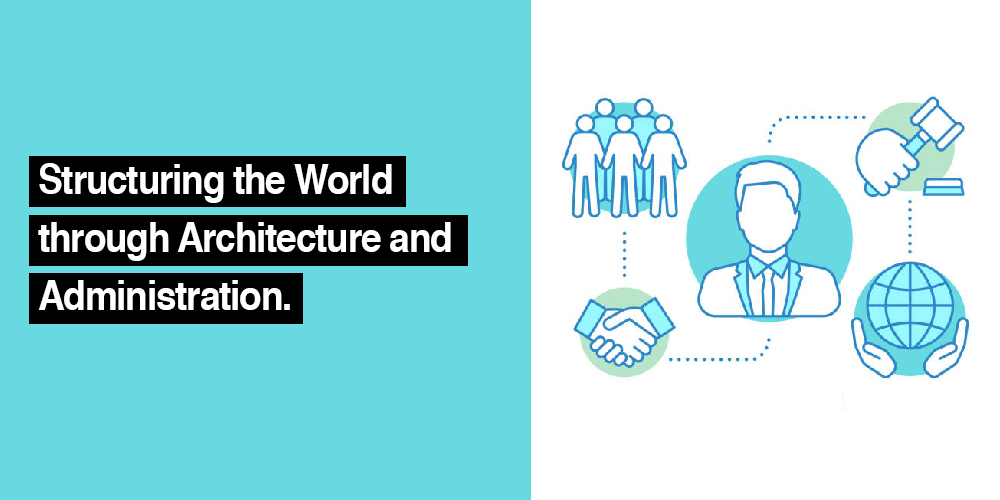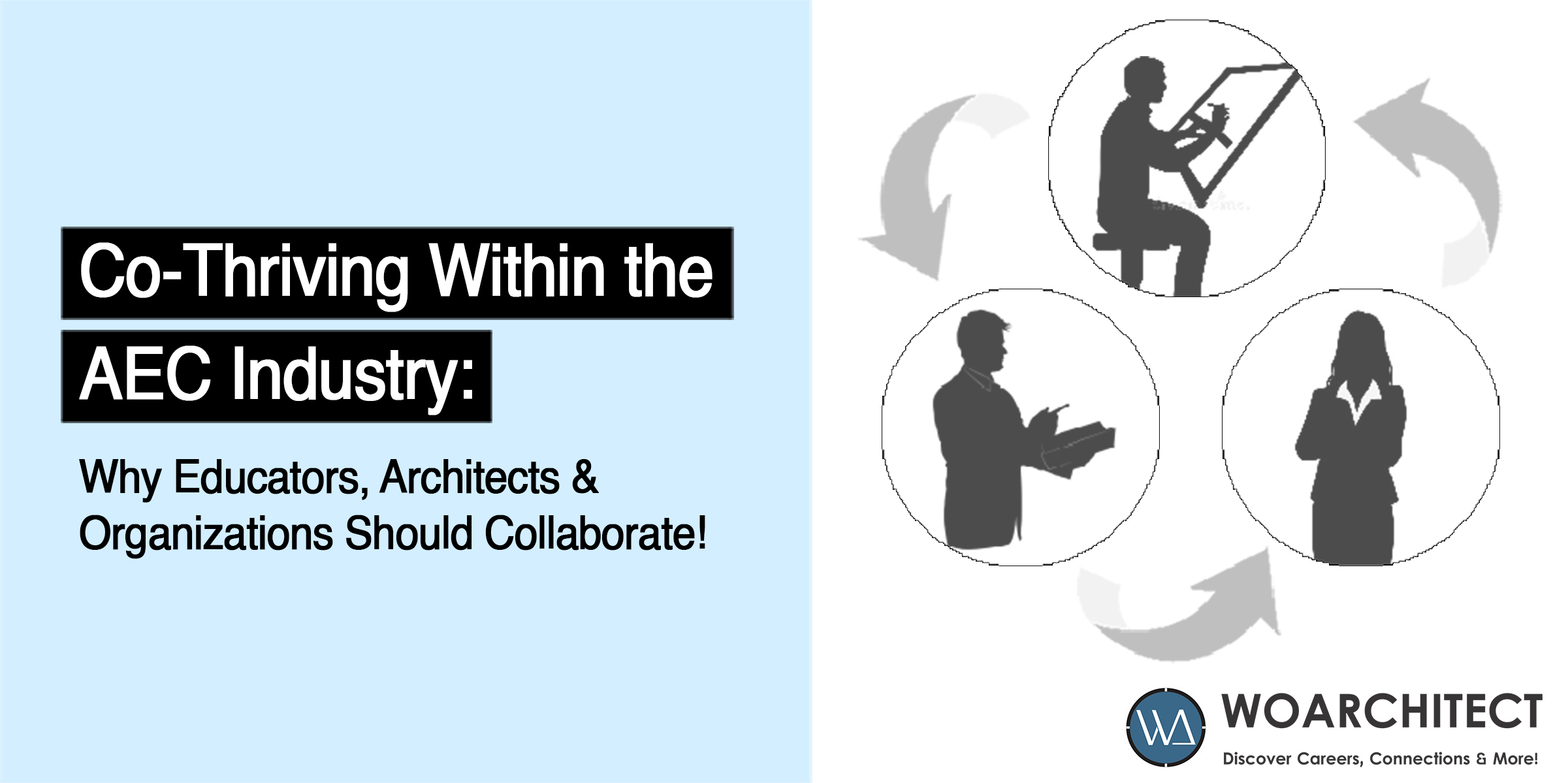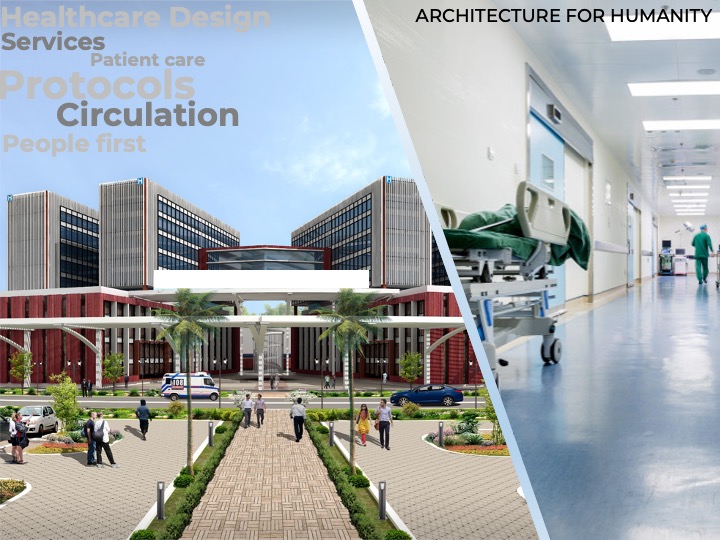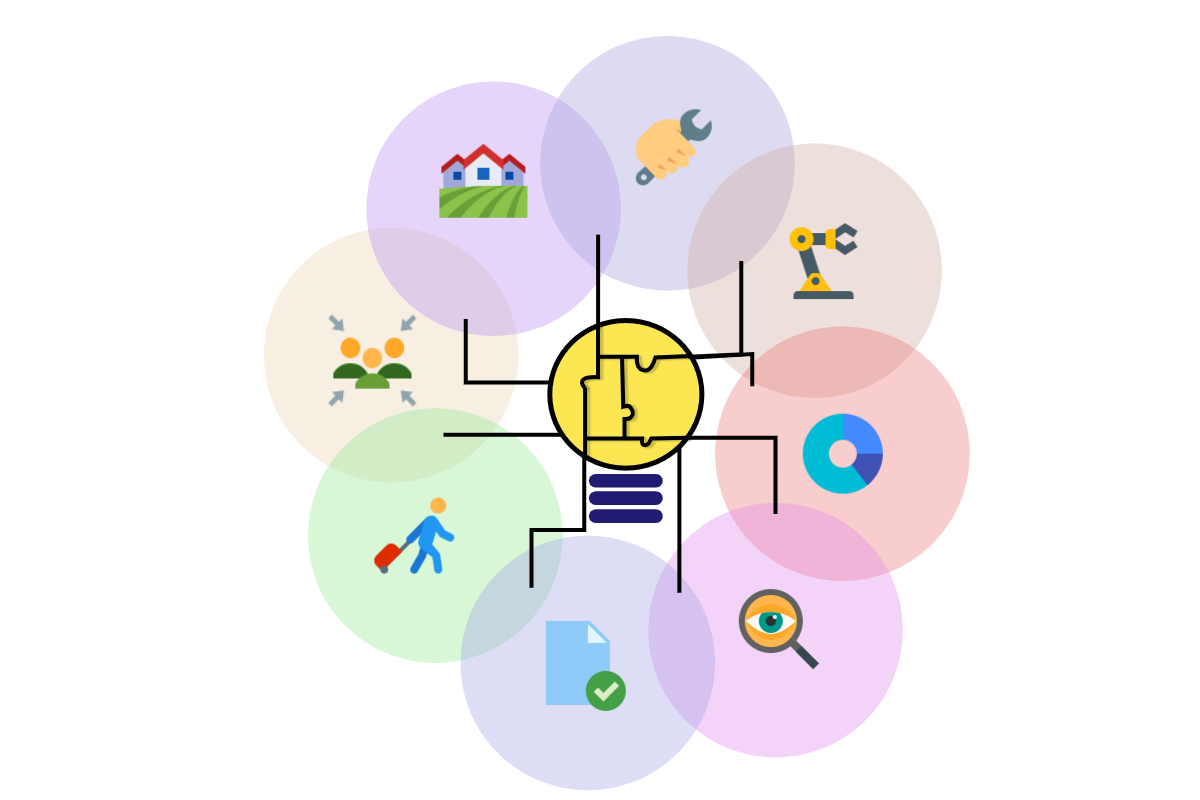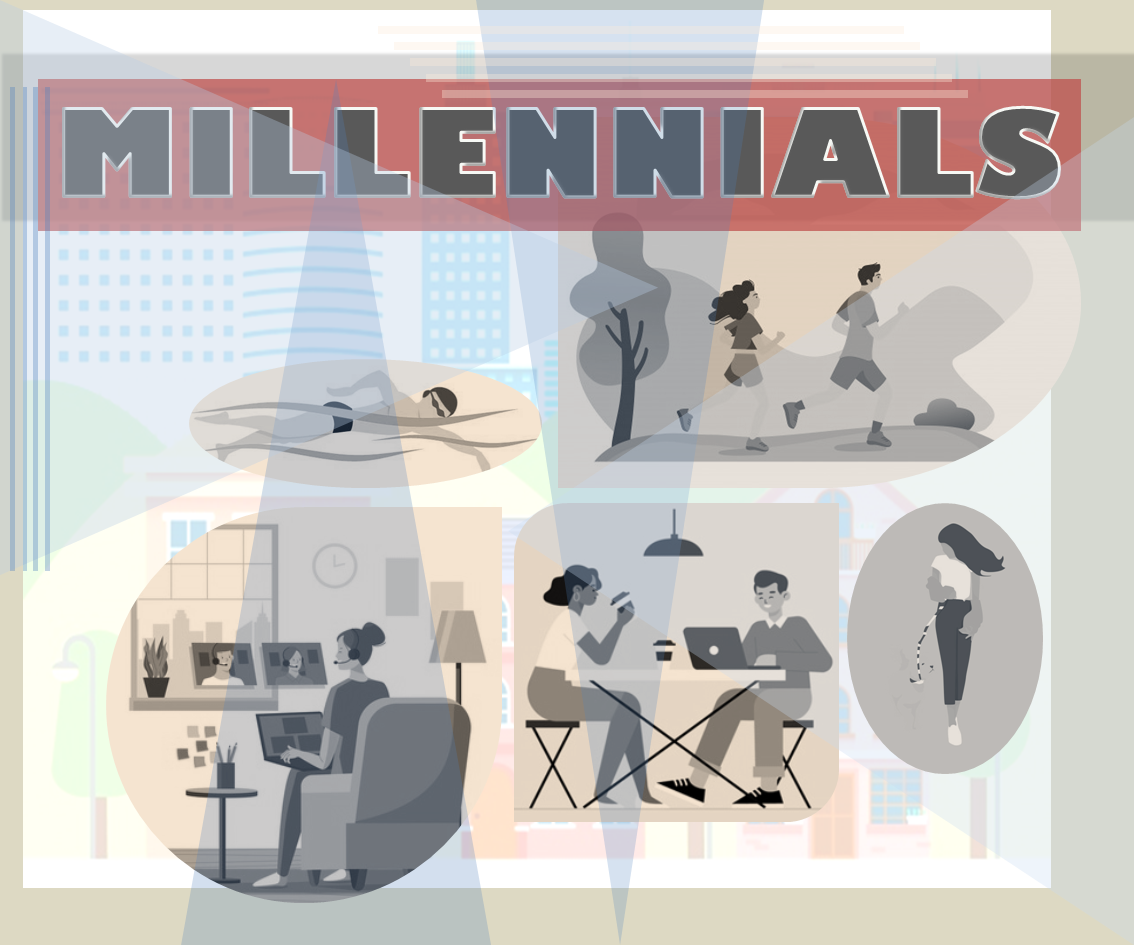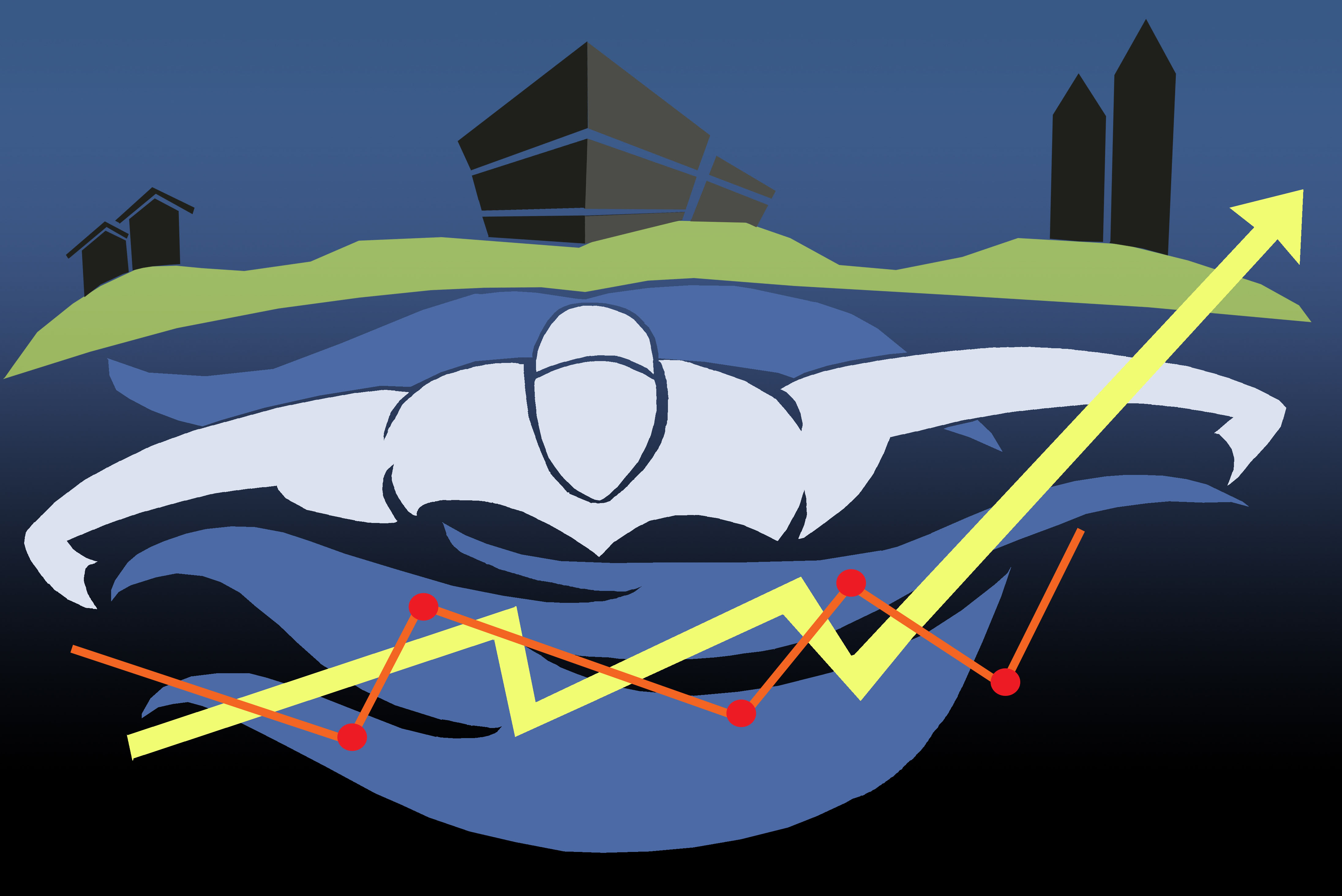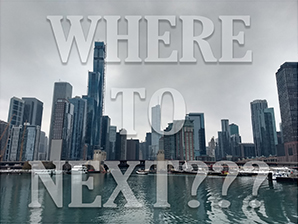
The Power of Travel in Architecture and Planning
Growing up, I had some wonderful travel experiences with my family. My father loved exploring cities-towns-villages and my mother has a fascination towards road trips. I did not grow up in a wealthy family, but we always had healthiest of the adventures. My parents made sure we never missed a chance to create memories. Today, our memories are not associated with expensive toys, or expensive gifts. They are simple adventures where we went around and camped, trekked through the wilderness, picked berries, cooked in the jungle, and rested our backs on freshly dewed grass as we gazed stars all night. It is 2020, while humans are already navigating through mars and my father still owns a collection of physical maps which he carried during our road trips. I wonder how he wasn’t afraid to get lost amidst nowhere.
Me and my sisters have always been fond of stories. Stories that touch our soul. We all grew up learning about ethics and morals in the form of stories. I have started to believe that my approach towards life and the decisions that I make are unconsciously based on these stories that I have learned and heard in the past. I believe, today, we need to go out, meet people, listen to them, and learn. It is quite unfortunate that our regular activities are influenced by ongoing trends, somewhere lacking what my father called, ‘the calling’. Heart-to-heart, travelling has always been my therapy; observing people around me, making my own stories about how a place can make you feel. I try to connect to the places hoping to revisit them and look through them with a new dimension all over again.
This article is not about the stories I heard or witnessed but the journey which took me places to find my answers as an architect and planner. I usually looked for a companion to travel until last 3 years, I set on this journey on my own. I read somewhere; travel only with someone you love. That thought changed my preferences and I loved going solo on most of my adventures. Plan, pack and get go was my motto, but this time with an eye of an architect and urban planner. Why is travelling a part of urban studies curriculum? Why do architects and planners are constantly hopping from one place to another? I strongly feel that it is not only about travelling mindlessly but gaining tremendous amount of experience in a short time. From my personal travel experiences, I plotted four major criteria understanding the importance of travel in architecture and planning: Adventure, Inspiration, Perspective and Network.
Adventure
Adventure does not always mean how fast your heart beats to the sound of cliff diving, bungee jumping, or any other sport for that matter. Adventure, to me, is about finding a path to follow your instincts. Your instincts are capable to take you where your heart lies. They help you connect to the real world. Try and go visit the same place a few times. You will learn that there is always a reason to go back again. Each destination you visit can be defined as a place – and Place – is a qualitative, ‘total’ phenomenon, which we cannot reduce to any of its properties, such as spatial relationships, without losing its concrete nature out of sight (Norberg-Schulz 1980). It has varied layers stacked on top of each layer; history, culture, traditions, gastronomy, religion and many more. Therefore, it is difficult to have an adventure cease to a single visit.
Architecture and adventure walk hand in hand. As they say, architecture is all about an art of observing and putting puzzle pieces together. There isn’t a right answer while having a linear path to achieve it or vice versa. Architecture often lets you out of your comfort zone and pushes you to do things you ordinarily wouldn’t do (ArchiThrill 2019). Here are a few things we quite end up doing which we ordinarily wouldn’t: our travel destinations are unconsciously or consciously influenced by the new architectural styles/ theories/ concepts we are fascinated about; we end up blabbering about all the great and no-so-great elements of a building to our friends who aren’t necessarily into architecture; we suddenly begin to observe sidewalk widths, public spaces, facades and more as artistically as if our vision is so computerized that we could see our theories coming to life for real. Finding adventure in travel is no more than just about checking out a wish from the bucket list we curated for years but about being able to experience those spaces and pack the feelings associated to them on our way back home.
Inspiration
With a great deal of travel, explorations and adventures comes a set of inspiration. Inspiration and encouragement knock on our doors with an eye to detail. We all grew up in our career listening to our mentors urging us to observe, observe and observe. Why is that a key to becoming a great designer? Well, unlike any other field, architecture and planning are limited to only a few theories. However, the sea is full of great fish but also full of surprises. When we start an assignment and weave it precariously for our end users, we try to understand their psychology and movement. And there, we enter a whole new level of complexity even before we draw a line on paper.
In my few years of experience, I have constantly noticed how passionate fresh graduates are. Ironically, they fear picking up a pencil to draw that first stroke on paper which potentially is a foundation to design development. I was once in the same shoe and at times, I still find myself in a same situation. That first stroke comes with experience.
Now, how does travel come into picture?
Over and over, theories proved that travel inspires people. It brings out passion and confidence from within our soul. It reveals to us a new perspective and makes us question every step on the way (Leslie 2017). When I first entered a class of 40 aspiring architects as a teaching assistant, I was expected to teach them topics which were meticulously planned and tailored for them. I knew that there was something missing to that most perfect sheet of syllabus. We as educators need to take a step back and address the elephant in the room that, to me, is addressing the significance or lack or necessity to share knowledge beyond written documents. Knowledge in the form of stories, our personal experiences, our experiments, successes as well as failures. And I strongly believe that extra pinch of salt in just the right amount to create a great dish lie in those pieces you bring to the table. Again, during the time, I hadn’t travelled enough, I was working long hours to gain some experience while trying to locate myself in that room full of curious heads seeking answers all the time. I hope, educators understand the great deal of responsibility they carry every time they enter a class and bring with them their knowledge, passion, compassion, and experience. I hope educators take out the time and travel enough to bring those stories as a part of their conversations and elaborate on ideas that inspired them, address the differences they spot in practice and theory, and convey hard and strong that there is so much more to explore and learn. I hope – they inspire the students as my father inspired me for all these years through his approach to travel, meeting people and building relationships.
Perspective
Travel makes one modest, you see what a tiny place you occupy in the world (Flaubert n.d.).In my belief, you do not need to take a high road in order to achieve something extraordinary. It can be one simple decision, one single effort at a time. As architects and planners, we seek books, case studies and documentaries for inspiration. However, the beauty of this profession is to go fly beyond design and ideas. It is about a purpose we set for ourselves. The varied platforms; books, case studies and documents altogether try to imbibe a perspective in us. That perspective grows, alters, and matures with time as we go places to learn about diversity, people, culture, traditions and so much more. The crucial learnings about our profession and what that meticulously sculpts us as an individual lie in your outbound experiences combined with values and empathy. Now, empathy refers to the thoughts and feelings of one individual in response to the observed (emotional) experiences of another (Olderbak, et al. 2014). It is an added emotion we as designers can be able to enhance to our work and bring it to life.
Perception and Inspiration form a bridge to share common elements gained from travel experiences. Mightiness within the field, most of the times, is a denial of stagnancy. Architecture has never been a highly social profession. However, it requires social aspect to bring in creativity and freedom to think, develop and rise. We designers take our skills for granted as we try to catch up with emerging technological wonders. We continue to produce great work at a stretch of time, but we unintentionally fall into a trap of monotony. Even best of all the works seem to talk the same language. We occasionally fall short of stories that offer perspective, inspiration, and guidance. It is therefore necessary to go outside, and learn from nature, dare to put your feet in the cold stream and dream while you take some time off. Take a sabbatical and explore only to comeback stronger and better.
Network
As I mentioned before, architects aren’t as social as they should be. It is an important criterion considering we work on making our communities better. We need to communicate and share knowledge, accept weakness and work by our strengths. When we meet people coming from varied cultures, professions, and geographies, we realize how small the world is whereas how vast the professional spectrum really is. Networking and marketing ourselves fail to be a crucial part of our curriculum. However, we realize how lonely it is for afresh graduate right after graduation as there is no professional support that we manage to develop during five years of bachelors.
Why make friends? Why make contacts? Why to keep in touch with classmates after graduating from school?
It solely comes down to networking. To support each other’s strengths while contributing to help them through their blind spots. I have observed, institutions around the world are trying to be creative with the curriculum they design. They are introducing curricular training programs for students after every semester. It is a common concept in the United States. Apparently, most of us try to complete our program and gain a degree within the shortest time possible. We often lose sight of quality education over accelerated programs.
However, it is better to be late than never. Never – of losing a chance to talk to someone you share a seat on the train when you commute. Never – take a professional contact for granted. Never – lose focus from your strengths and acknowledge weakness.
Most importantly – Never miss a chance to save for your travel, not only to set yourself on an adventure but to meet people, get inspired, gain perspective and to be a part of someone else’s story as they become a part of yours.
References
ArchiThrill. 2019. archithrill.com. August 21. Accessed July 23, 2020. https://archithrill.com/architecture-is-an-adventure/.
Flaubert, Gustave. n.d. "Good Reads Quotes."
Leslie, Tyler. 2017. huffpost. December 6. Accessed August 27, 2020. https://www.huffpost.com.
Norberg-Schulz. 1980. Genius Loci: towards a phenomology of architecture. Minnesota: Academy Editions.
Olderbak, Sassenrath C, Keller J, and Wilhelm O. 2014. "An emotion-differentiated perspective on empathy with the emotion specific empathy questionnaire." frontiers. www.frontiersin.org, July 1.
About Author:
Tejali Mangle, Architect and Planner, currently works as a Planner in Dallas-Forthworth area of Texas, USA. Tejali is an Urban Designer with focus on public spaces as part of her research and professional work. She enjoys master planning and is intrigued by how spaces beyond architecture shape people's life socially, physically, and mentally. She constantly feels the need to learn more, focus, travel, photograph and document experiences while continuing to expand her perspective towards providing a qualitative lifestyle to the society.
Instagram handle: tejalimangle
She can be reached and connected via Linkedin

